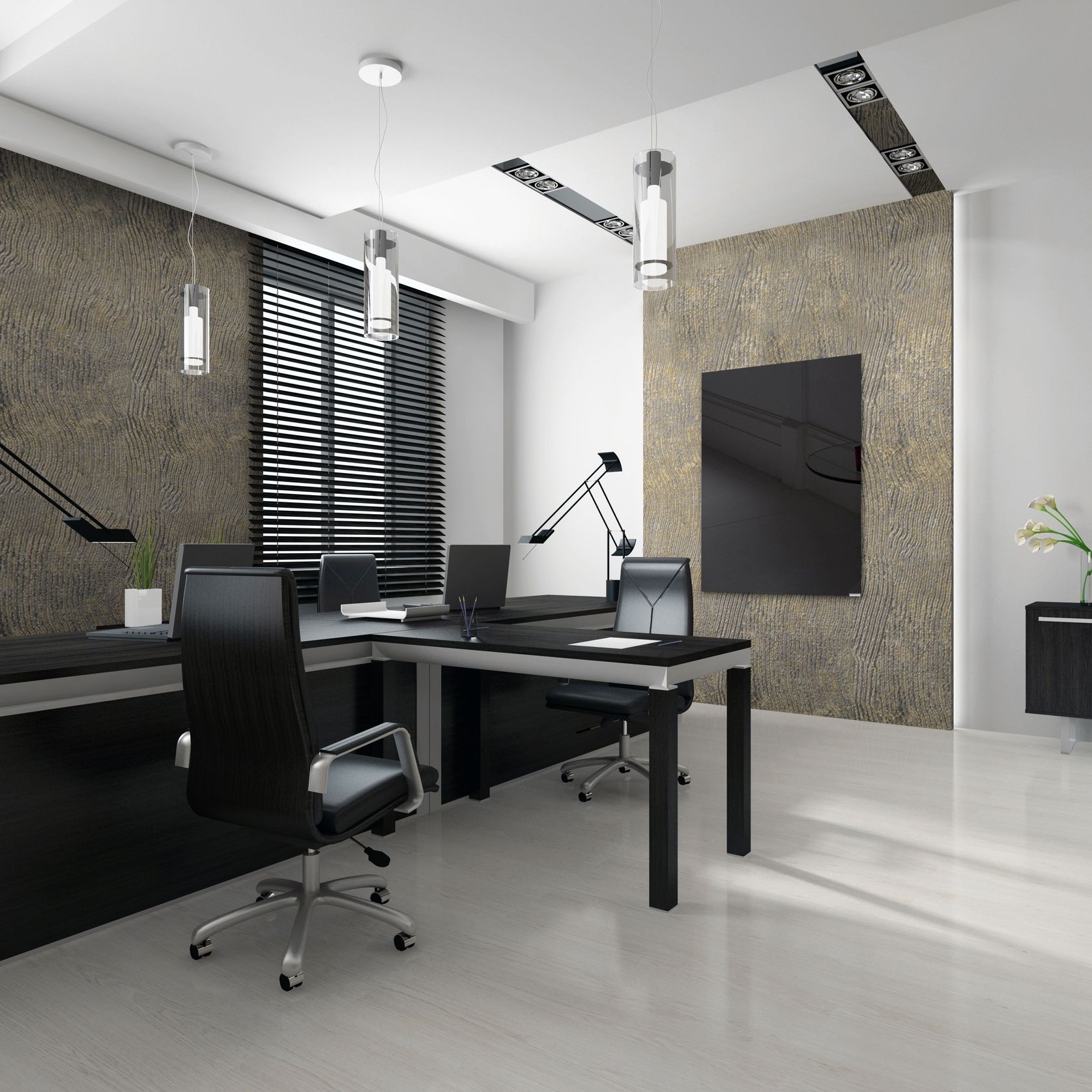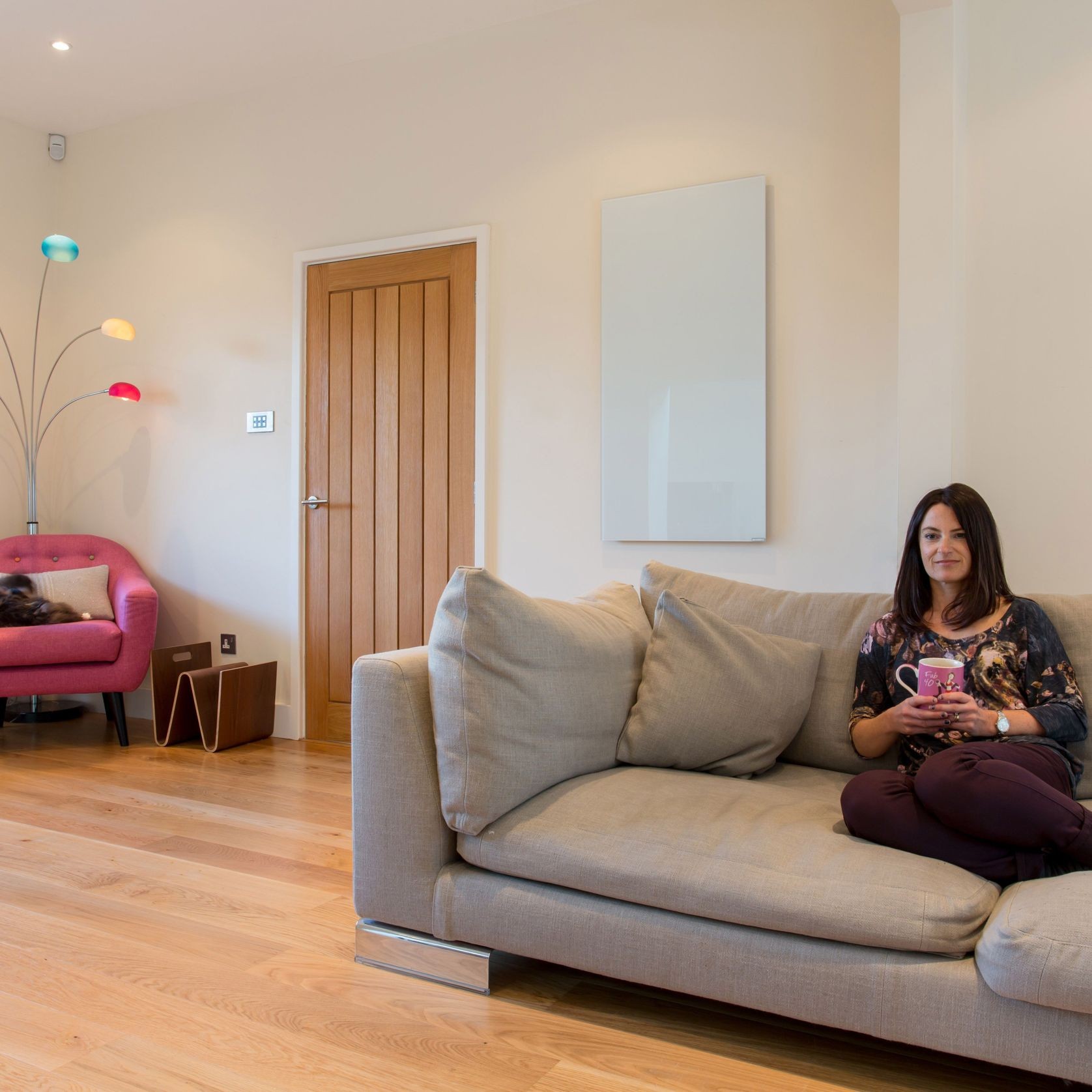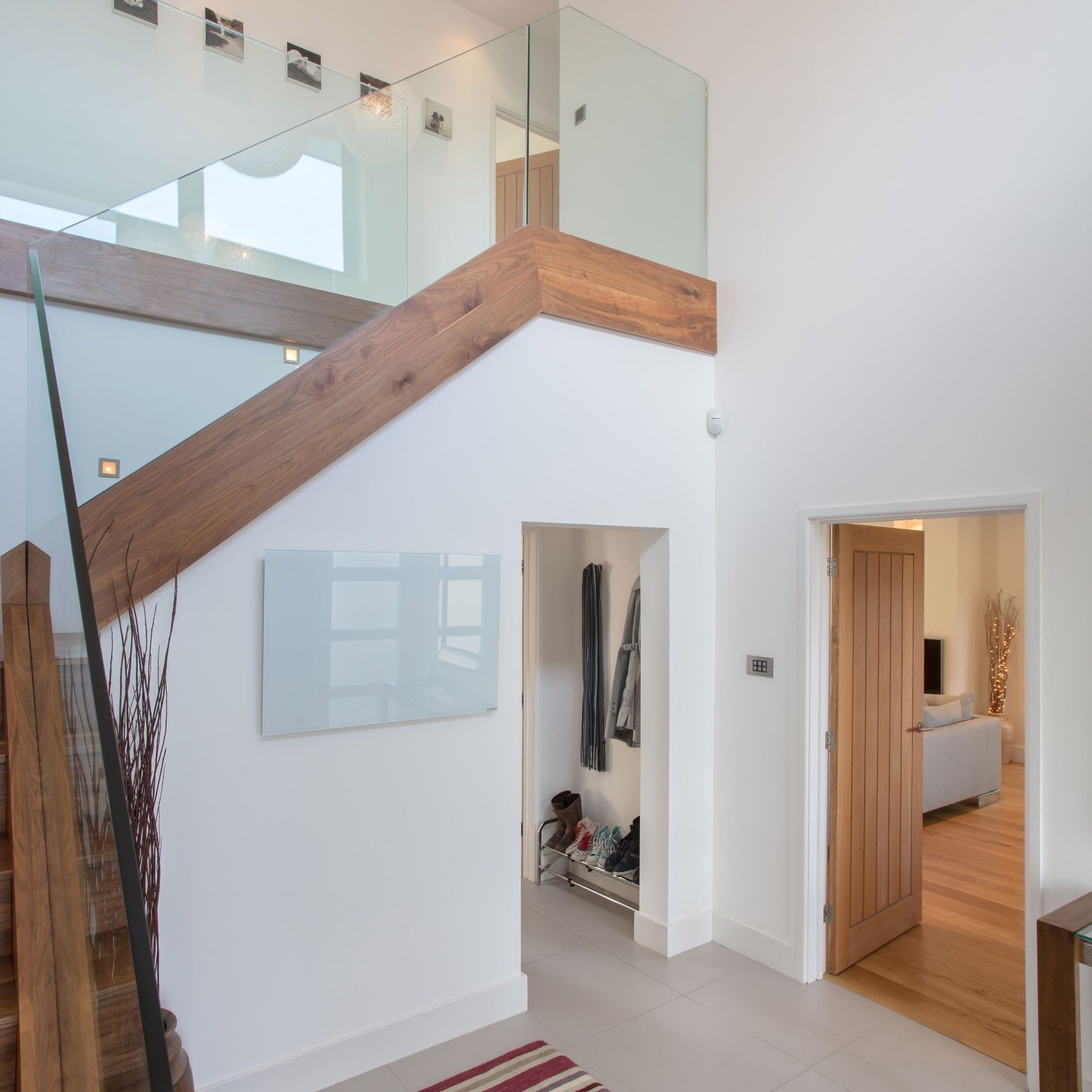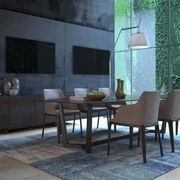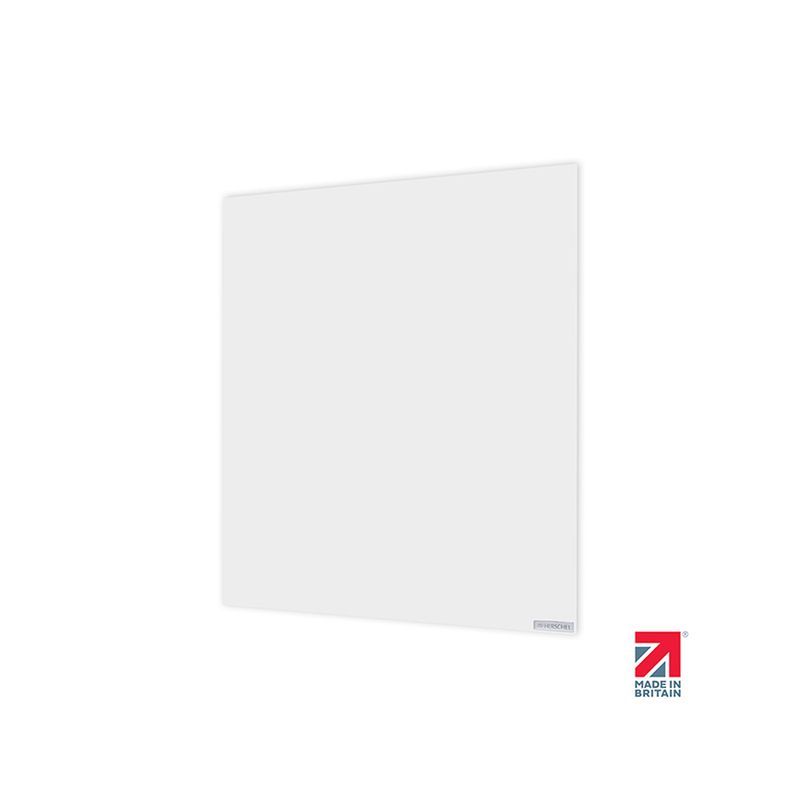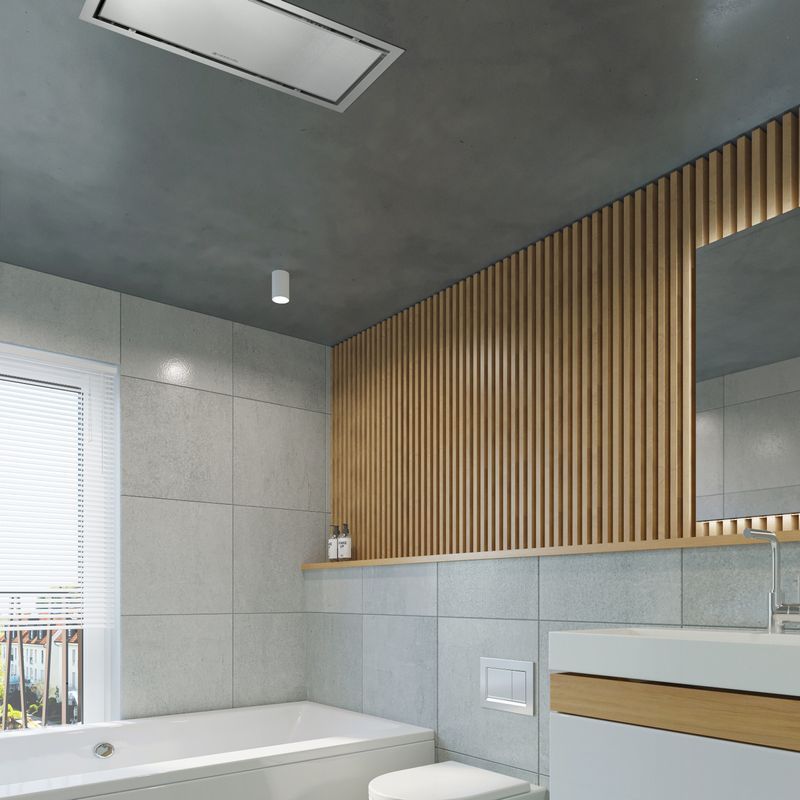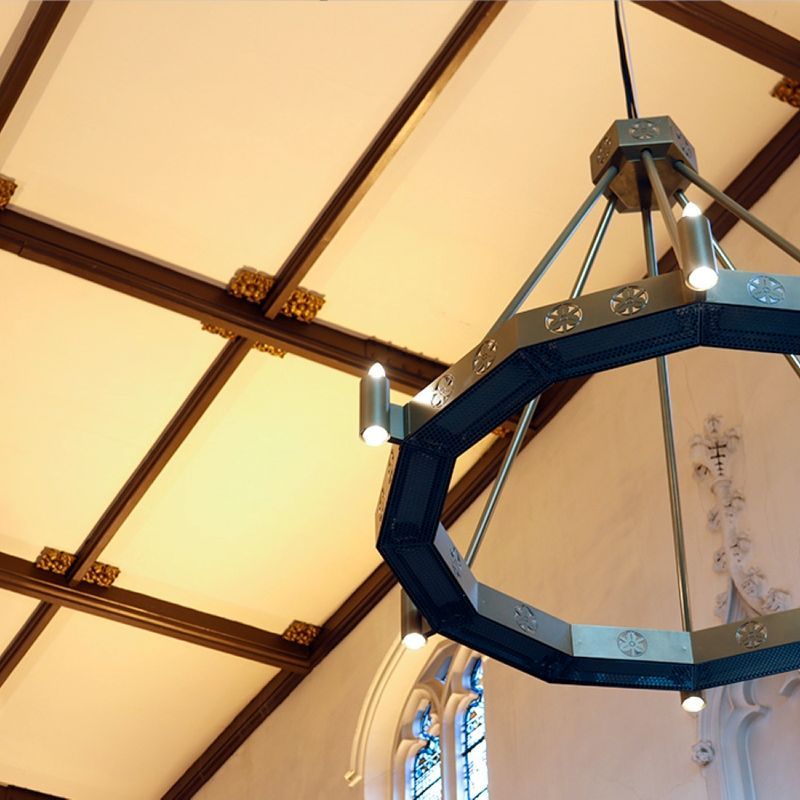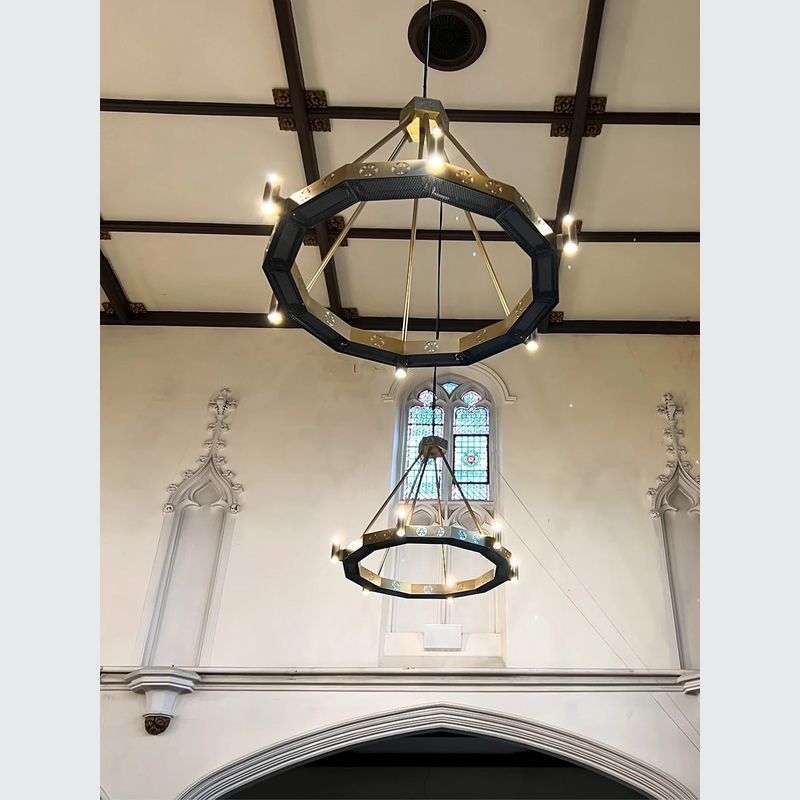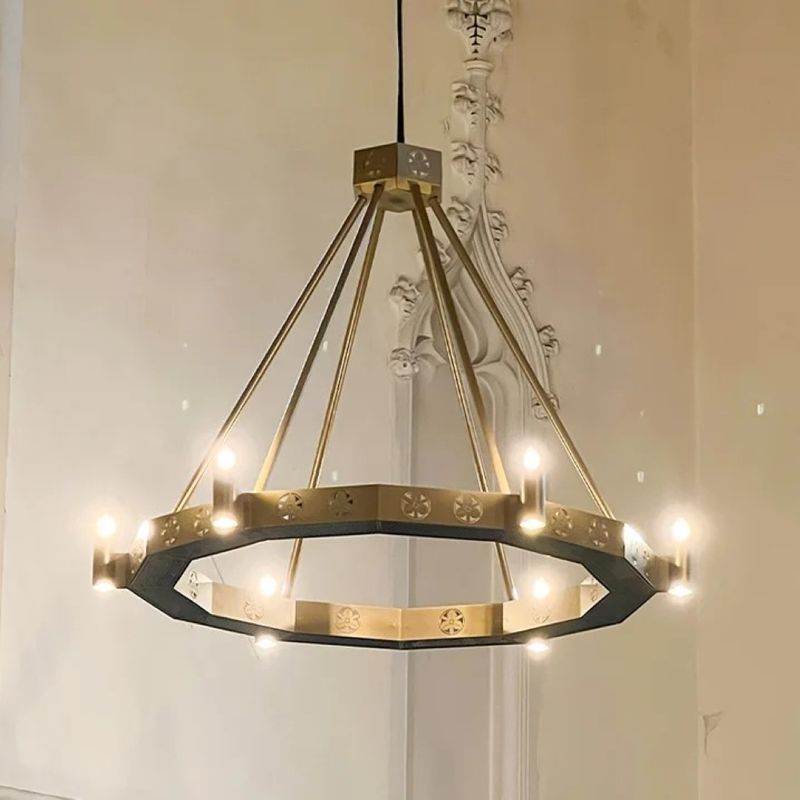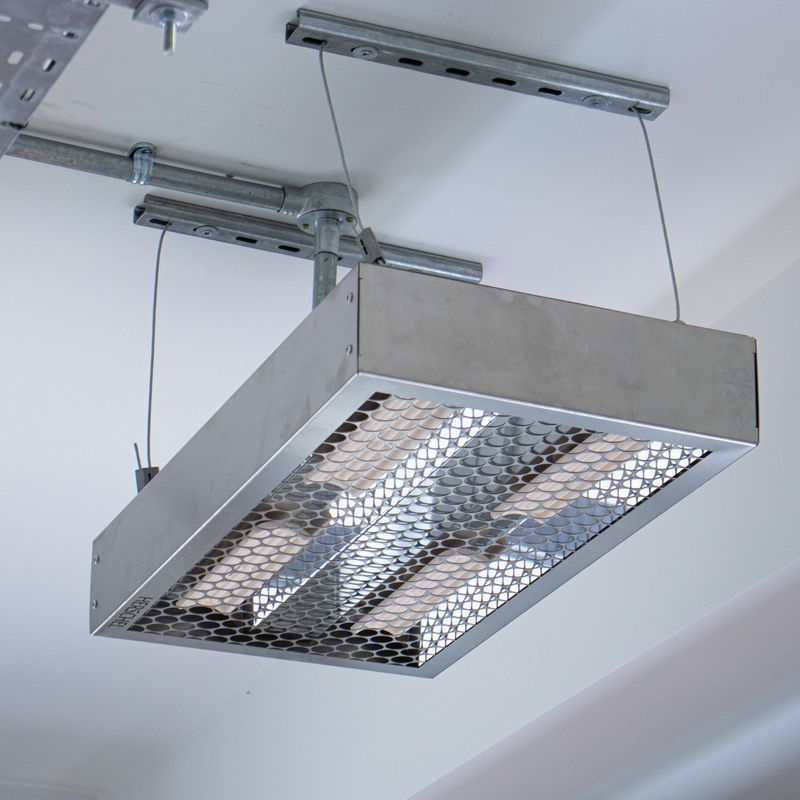Select XL – Glass Infrared Panel Heater
Herschel-Infrared- CategoryInfrared Heaters
- RangePanel Heaters - Select XL
- BrandHerschel
- Warranty5 years
More from Herschel-Infrared
About the
Seller
Herschel is a global market leader in infrared heating and is the largest and longest established manufacturer and supplier of premium quality infrared heaters in New Zealand.
We offer the widest range of energy efficient slimline infrared heating panels for homes, stylish outdoor heaters and high performance commercial heaters.
Warmer, longer, for less; The future of heating – TODAY
HERSCHEL’S LEGACY
We are building on Herschel’s legacy and are pioneering the use of Far Infrared to heat people and buildings in more efficient, effective, stylish and comfortable ways than many traditional forms of heating.
We call it “Comfort Heating”
Our range of Far Infrared heaters is the most comprehensive in the world. We have high quality heaters to suit almost any application and, combined with our control systems, are at the forefront of the revolution in heating.
- ArchiPro Member since2022
- More information

